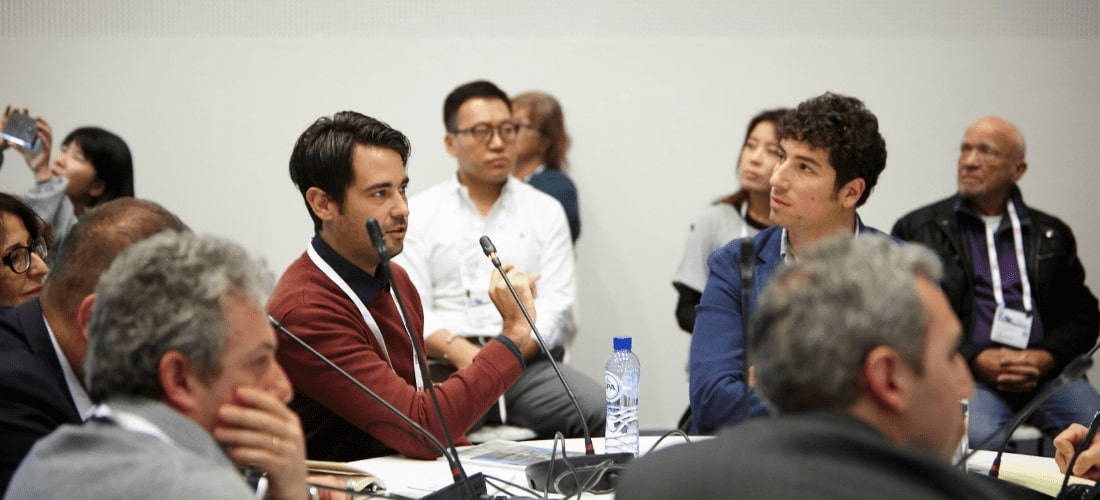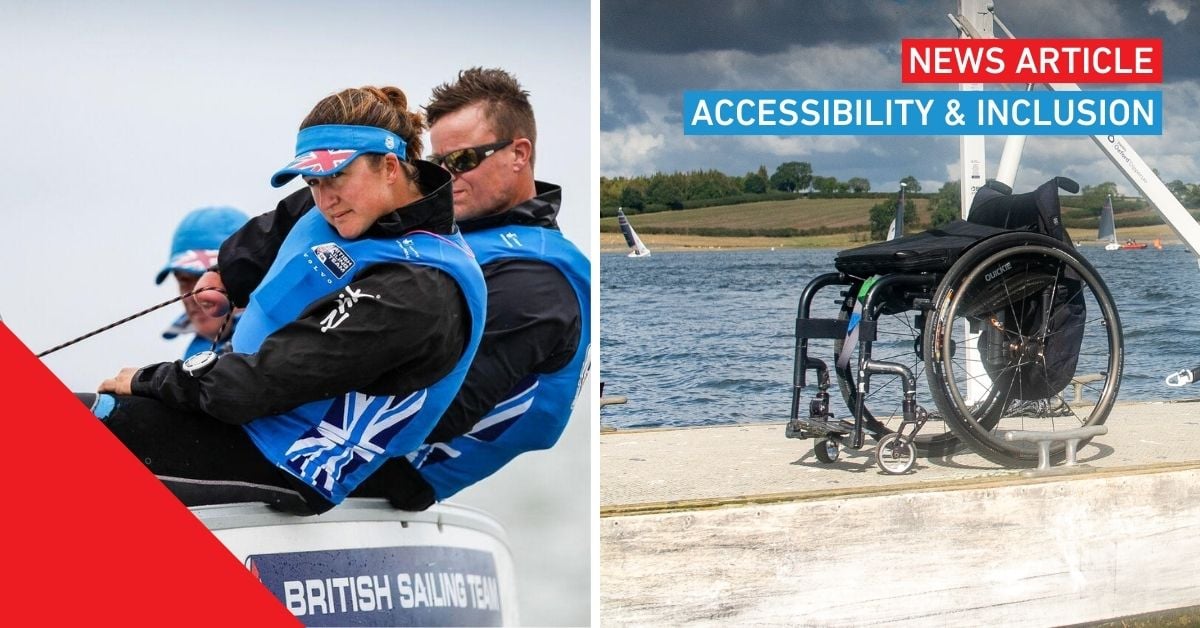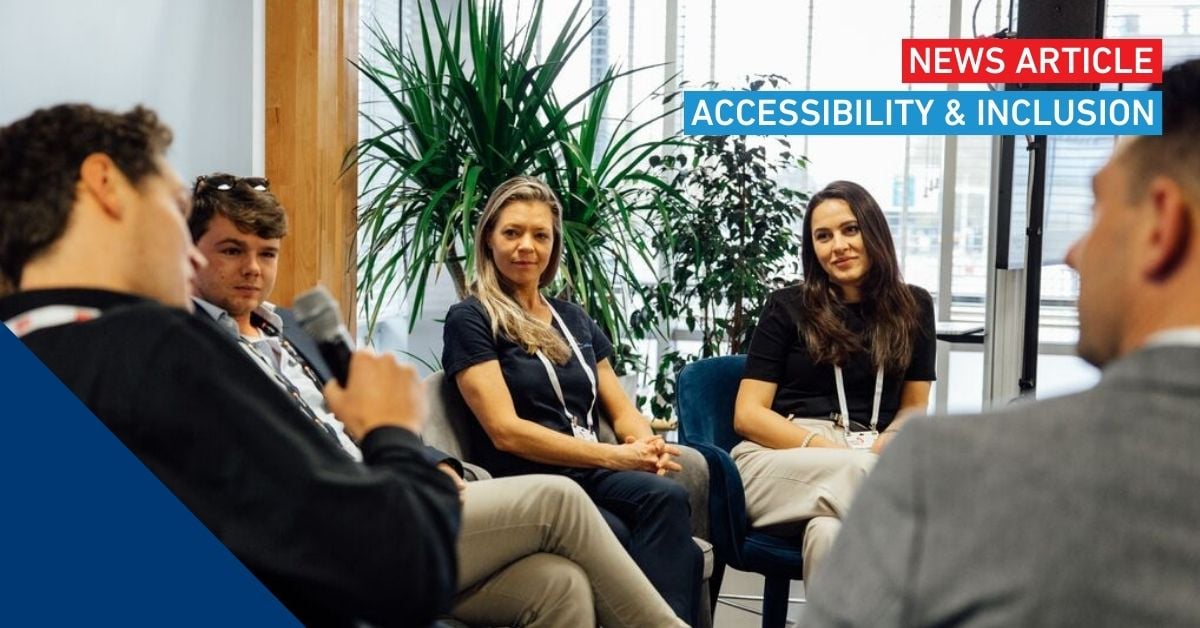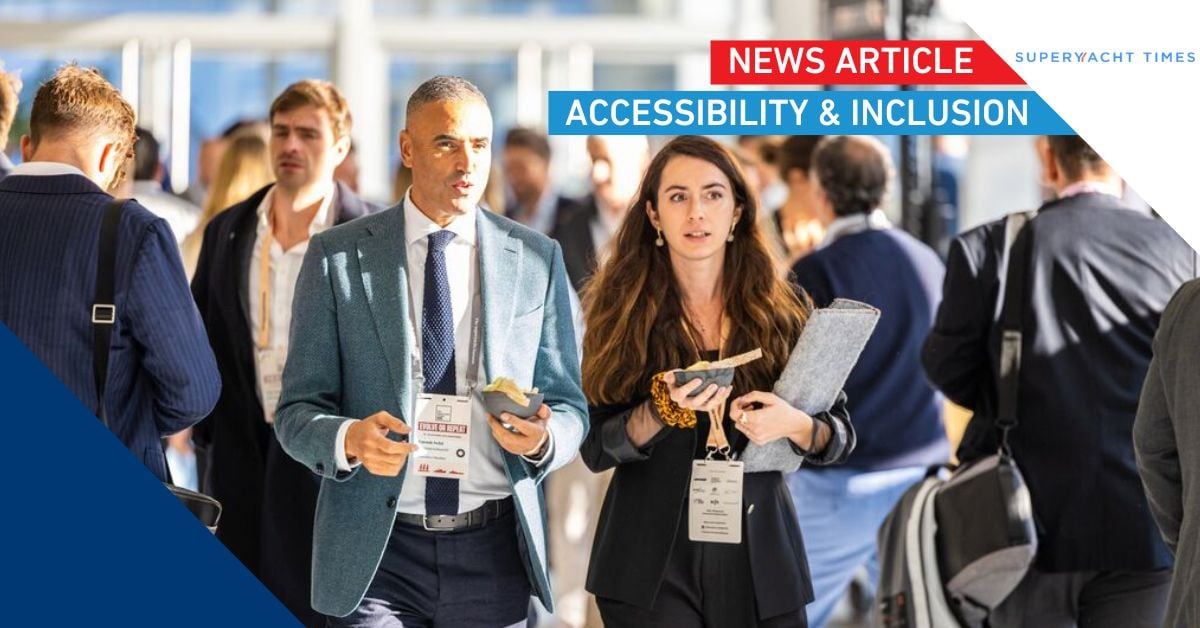Discover the new possibilities
This year’s METSTRADE Show hosted the second edition of a round table dedicated to the use of materials for nautical construction. The second day had a particular focus on the use of 3D printing.
The second session also boasted high-quality panellists – Gabriele Natale of moi Composites, Jose Antonio Almenara of CRP Technology, Gabriele Bandini of Blacks Composites, Massimo Musio Sale of SUPERFICI and Pietro Angelini of the Revyta Project.
The discussions concentrated on the potential uses for 3D printing in the marine industry. The main advantages of this technology are the great speed of execution, the uniformity of the products, and short production times. They make a big difference in a highly specialised market where prototypes are always necessary for the realisation of projects, parts are very complex and resistant, and aesthetics are of the utmost importance. 3D printing offers designers the possibility to choose the most suitable material and build a functional prototype in a few days.

New possibilities
Additive manufacturing techniques are giving design the highest degree of freedom. This opens up new possibilities by moving prototyping into the production field. Gabriele Natale, one of the founders of moi Composites (a start-up at the Polytechnic University of Milan) explained the company’s aim to redefine manufacturing using a property-additive technology capable of 3D printing high-performance thermosetting composite parts that combine robotic intelligence with digital fabrication.The most important benefit of CFM technology is the capacity to make not only prototypes but also employable parts in small series. A new way of thinking about composite objects is made possible by the digitalisation of the production of composite parts through smart algorithms, assembly with robotic arms, the absence of a mould (this cuts costs and removes the break-even point), the optimisation of the position and direction of fibres (this can remove between 30 and 70 per cent of unnecessary weight), and the absence of waste.
From motorsports to maritime
Jose Antonio Almenara of CRP Technology presented the Windform composite materials, describing how materials originally developed for the motorsports industry are now finding highly competitive and advanced uses in other sectors. He explained the effectiveness of additive manufacturing and use of Windform as a structural material for marine equipment applications.
Another presentation looking at boat construction, specifically additive manufacturing in the future, was held by Massimo Musio-Sale, professor of industrial design at the University of Genoa, and Paolo Nazzaro of Superfici. They explained how – in the age of Industry 4.0 - additive technologies, 3D scanning and modelling allow a high level of detailing for both geometry and functional performance.

Additive manufacturing techniques give designers a high grade of geometrical freedom while preserving control over mechanical performance thanks to computer-aided design techniques. This opens up new opportunities for design manufacturing, shifting prototyping into the production field. Superfici was created precisely to fill this niche as a spin-off company from the Polytechnic School of Genoa affiliated with DAD (the Department of Architecture and Design, a major branch of the Polytechnic University of Turin). This young company is working for both innovation and production, and is active both in university research and industrial production.
Share your stories on leisure marine industry with us
Do you have an innovation, research results or an other interesting topic you would like to share with the leisure marine equipment industry? The METSTRADE website and social media channels are a great platform to showcase your stories! Let us know via metstrade@rai.nl
Are you a METSTRADE exhibitor?
Make sure you add your latest press releases to your Company Profile in the Exhibitor Portal for free exposure.





